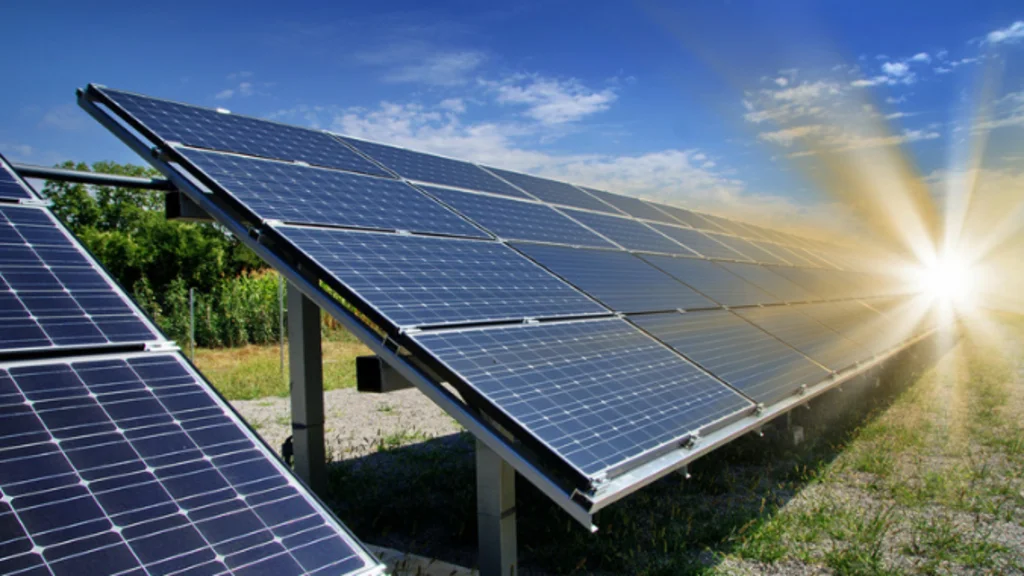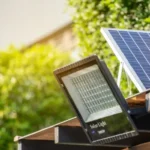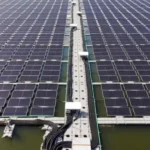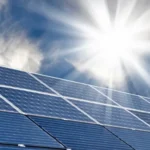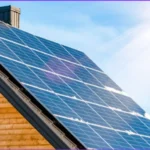Ever sat through a sweltering summer afternoon, wondering if there’s a better way to cool your space without racking up a high energy bill? With electricity prices rising and climate concerns mounting, more homeowners and business owners are turning to solar powered fans as a smarter, greener solution. But are they effective? What do you need to know before investing in one?
Let’s break down the real-world benefits, limitations, and practical guidance on using solar-powered fans, whether you’re cooling a shed, greenhouse, RV, or simply trying to reduce your AC use at home.
What Are Solar Powered Fans and How Do They Work?
At their core, solar fans operate just like traditional electric fans—but instead of plugging into the grid, they’re powered by photovoltaic (PV) panels. These panels capture sunlight and convert it into electricity to run the fan motor.
There are two primary types:
- Direct solar fans: These run only when the sun is shining—great for attic ventilation or greenhouses.
- Battery-integrated solar fans: These store solar energy and can run after sunset or on cloudy days.
Powered fans can range from small portable desk models to large rooftop attic ventilation systems. Their versatility is a significant appeal, especially in off-grid or energy-conscious applications.
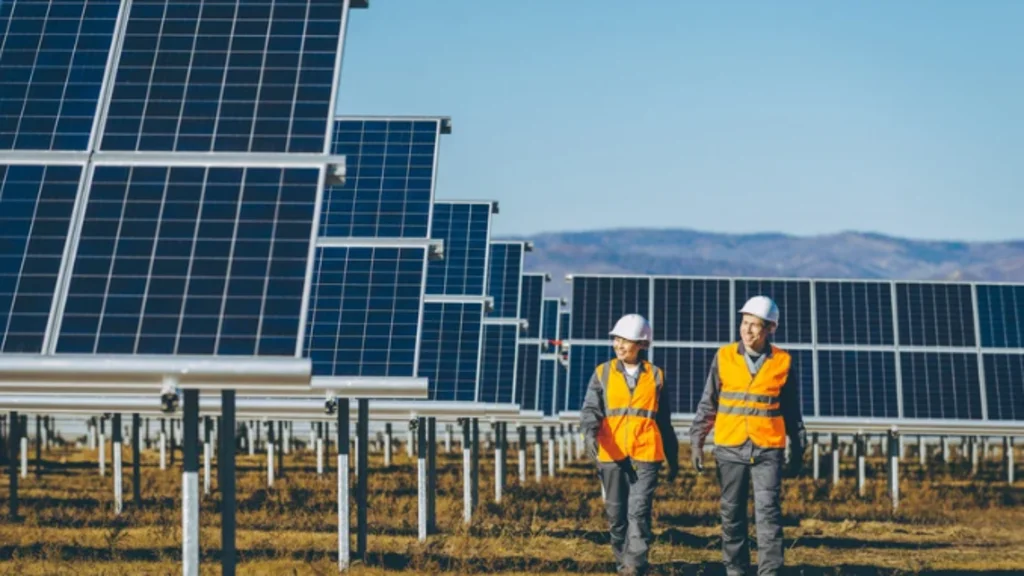
Real-World Example: How a Garden Center Cut Cooling Costs
One of our clients, a local garden center in Florida, installed six solar attic fans to keep their greenhouse cool during the summer. By doing so, they reduced internal temperatures by over 10°F and cut their reliance on expensive HVAC cooling during peak hours. According to their manager, “We were skeptical at first, but the temperature drop was immediate—and it didn’t cost us a penny in electricity.”
This kind of real-world application shows the practical effectiveness of solar fans, especially in semi-enclosed spaces like attics, sheds, or greenhouses.
Where Can You Use Solar Fans?
These fans are highly adaptable. Some of the most common and effective use cases include:
- Attics: Preventing heat buildup and reducing strain on air conditioning
- Greenhouses: Keeping plants healthy by circulating air and reducing mold
- Sheds or Workshops: Ventilating tools and chemicals while you work
- RV or Camper Vans: Keeping airflow steady while off-grid camping
- Outdoor Pet Shelters: Ensuring animals stay cool in the heat
Each of these environments typically receives plenty of daylight exposure, making them ideal for solar-powered fan setups.
Visit here: solar panels output.
Benefits of Using Solar Powered Fans
Here’s why powered fans are growing in popularity:
1. Energy Independence
You’re not drawing from the grid—your cooling system is powered directly by the sun.
2. Lower Electricity Bills
Even a single solar attic fan can reduce your AC workload, trimming your energy costs over time.
3. Low Maintenance
With no fuel or frequent service needs, solar fans are largely set-it-and-forget-it appliances.
4. Eco-Friendly Cooling
Reduce your carbon footprint by utilizing clean, renewable energy sources.
5. Off-Grid Friendly
Ideal for cabins, tiny homes, or mobile setups that don’t have reliable electricity access.

Limitations to Be Aware Of
As with any solar product, solar powered fans come with trade-offs. It’s essential to be aware of these so you can make an informed decision:
- Sunlight Dependency: Direct solar fans don’t work at night or in prolonged shade unless they have a battery
- Limited Airflow for Larger Spaces: A small solar fan may not be enough to cool an entire home—it’s better as a supplemental solution
- Higher Initial Cost: Compared to plug-in models, solar fans have a higher upfront price due to the panel system
- Installation Angle Matters: Poor solar orientation can significantly reduce performance
If you’re in a heavily shaded area or require continuous airflow overnight, a hybrid or battery-powered model may be a better fit.
Also click here: solar panels construction.
How to Choose the Right Solar Powered Fan for Your Needs
Not all solar fans are created equal. Here’s how to evaluate the best one for your space:
Fan Size (CFM Rating)
CFM (cubic feet per minute) indicates the volume of air the fan moves. For attics, a rating of 800–1600 CFM is usually ideal, depending on your square footage.
Solar Panel Wattage
Higher wattage panels (20–40W or more) perform better under low-light conditions and can support higher airflow fans.
Mounting Type
Rooftop, wall-mounted, and portable options are available. Choose based on your application area.
Battery Backup or Hybrid Option
Essential if you need the fan to work in the evening or during power outages.
Warranty & Build Quality
Look for corrosion-resistant frames, weatherproof panels, and warranties of at least 5 years for peace of mind.
Technical Tip: Cleaning Solar Panels to Boost Performance
Just like regular PV systems, powered fans rely on unobstructed sunlight to perform well. Even a light layer of dust or pollen can reduce panel efficiency by up to 15–20% according to the National Renewable Energy Laboratory (NREL).
Pro tip: Clean your fan’s solar panel with a soft sponge and lukewarm water every 3–4 months, especially if you live in a region with high dust or pollen levels.

Installation Tips from a Licensed Solar Pro
As someone who’s overseen dozens of solar fan installs across the Southeast, here are a few practical insights:
- Don’t ignore roof pitch—solar panels mounted flat can lose up to 30% efficiency compared to optimal tilt angles
- Use flashing kits properly to prevent water leaks around rooftop mounts
- Secure wiring with UV-rated clips to prevent damage from heat expansion and animal interference
If you’re unsure about installation, hire a certified solar installer who has experience with fan systems, not just rooftop panels.
How Solar Powered Fans Compare to Traditional Options
| Feature | Solar Powered Fan | Traditional Electric Fan |
| Power Source | Sunlight (renewable) | Grid Electricity |
| Operating Cost | $0 after install | Ongoing utility bill |
| Portability | Often very portable | Some are bulky/heavy |
| Off-Grid Ready | Yes | No |
| Nighttime Operation | Only with battery | Always (if plugged in) |
For sustainable, long-term cooling—especially in remote or off-grid setups—solar fans clearly provide an edge.
Troubleshooting Common Issues
Fan Not Running?
- Check solar exposure—shade can halt function
- Clean the panel—dust or debris may block sunlight
- Inspect wiring—loose or corroded connections can break the circuit
Poor Airflow?
- Your fan may be undersized—consider upgrading to a higher CFM model
- Vent obstructions may be blocking airflow—check for insulation or nests
Trusted Resources for Further Reading
- Energy.gov – Solar Ventilation Basics
- NREL Report on Solar Panel Maintenance
- GAF Solar Attic Fan Product Sheet
These sources provide reliable, non-promotional data to help you make informed decisions about solar energy.
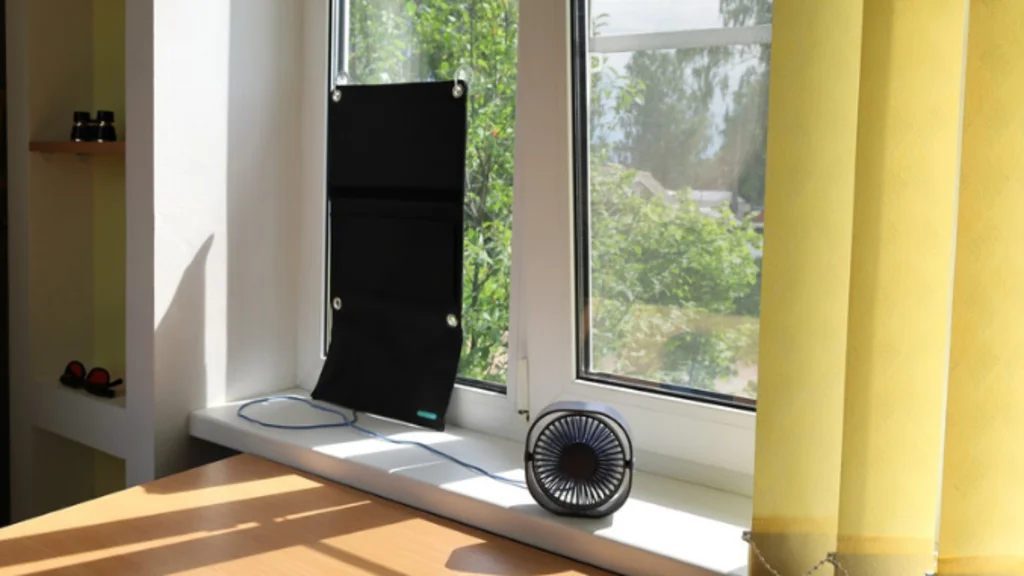
Final Thoughts: Are Solar Fans Worth It?
If you’re seeking a way to stay cool, cut costs, and reduce your reliance on the grid, solar powered fans offer a compelling and eco-friendly option. From greenhouses to garages to off-grid cabins, they can deliver serious airflow with zero monthly power draw.
However, like any tool, they work best when used correctly, sized, installed, and maintained.
Maximize Your Cooling Sustainably
If your attic or shed becomes unbearable in the summer, or if your energy bills are rising, consider going solar.
Check if a solar powered fan is the right fit for your space. Consult a local installer or explore battery-backed models that provide day-to-night airflow without consuming excessive electricity.
Frequently Asked Questions
Are solar powered fans any good?
Yes, when properly sized and installed, solar fans are highly effective for attic cooling, ventilation, and off-grid applications. They offer real savings and environmental benefits, especially in sunny climates.
Can a fan run on solar power?
Absolutely. A solar panel converts sunlight into electricity that can power a fan directly or charge a battery to run the fan later.
How long do solar-powered fans last?
Most high-quality solar fans last between 10 and 15 years, depending on build quality, exposure, and maintenance. Panels typically have a lifespan of 20–25 years, while fan motors may need to be replaced sooner.
What are the disadvantages of a solar fan?
They depend on sunlight, which limits nighttime operation unless a battery is included. Initial costs can be higher, and they may not be suitable for large-scale cooling on their own.
Do solar fans work at night?
Only if they are equipped with a battery storage system. Direct-only fans stop working when sunlight is no longer available.

